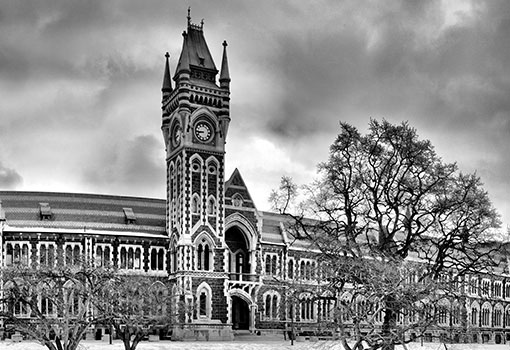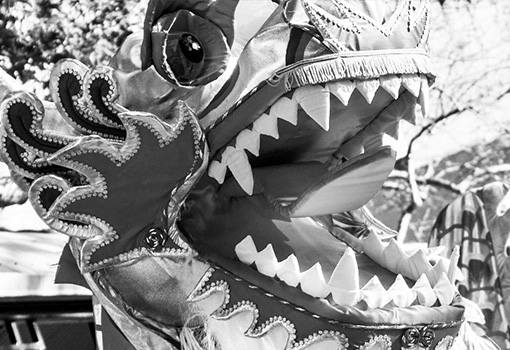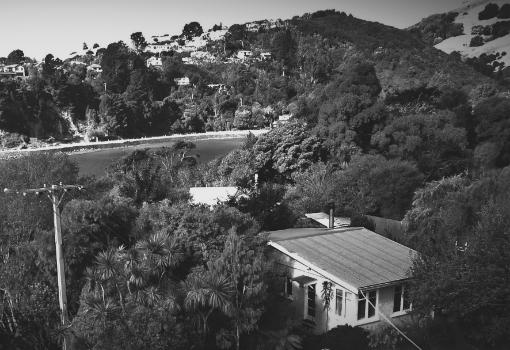
Scholarly Favourites. Researching in Special Collections
Posted: Monday Jul 11, 2016
de Beer gallery, Special Collections, University of Otago, 10 June to 26 August 2016
Who uses Special Collections? And why? And what research results emanate from physically examining books and manuscripts? It was these questions that prompted the development of this ‘engagement’ exhibition, now called Scholarly Favourites. Researching in Special Collections.
We certainly have a wide variety of readers. After filling out the appropriate registration forms, they settle into our Reading Room. A brief wait and they get the requested item. The type of materials used is equally varied, ranging from a single sheet Medieval manuscript and a 17th century herbal, to an issue of the Gentleman’s Magazine or a Pulp Fiction book. The actual research and the publication of the end-result can often take a long time; indeed sometimes years. It can be circuitous. The time spent poring over the books also varies: three hours to three weeks, and sometimes more. And importantly, it is just not about research. Many readers use a particular book or manuscript because it is a favourite; a work that resonates with their sense of being. It has become important to them.
Readers from inside and outside the University of Otago were contacted to choose a Special Collections item. They were each asked to write 150 words on ‘their’ chosen book; their favourite, or that one item that assisted their research. Scholarly Favourites. Researching in Special Collections is the result. In most cases, it meant a re-engagement with the item. A new handling of an old friend.
The exhibition offers true variety, with items selected from the diverse collections within Special Collections: Brasch, de Beer, Shoults, Truby King, Pulp & Science Fiction, Monro, Stack. Items on display range from Albinus’s spectacular Tabulae Sceleti et Musculorum Corporis Humani (1747); Augustus Hamilton’s The Art Workmanship of the Maori Race in New Zealand (1901); and Johannes Wolleb’s Compendium Theologiae Christianae (1642); to Gregory M. Mathews’s Supplement to The Birds of Norfolk & Lord Howe Islands and the Australasian South Polar Quadrant (1928); the scurrilous Alvin Purple (1974); and Egypt and the Sudan: Handbook for Travellers (1929). Please enjoy what others have researched and enjoyed.
Caption: Bernhard Siegfried Albinus, Tabulae Sceleti et Musculorum Corporis Humani.
Lugduni Batavorum [Lyon], J & H Verbeek, 1747. Monro Collection A02



